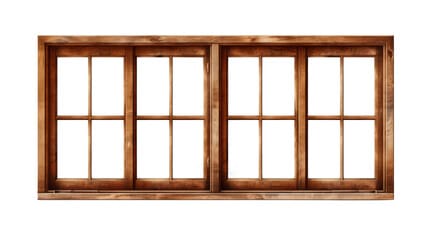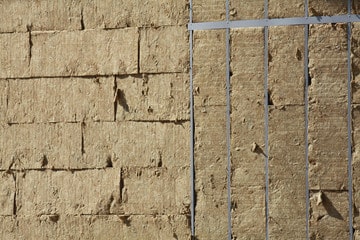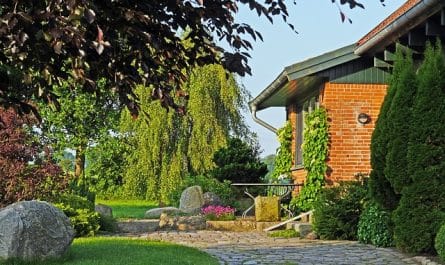Exterior wooden joinery brings undeniable charm to a home, but it tends to deteriorate over time. To maintain their appearance and ensure their insulating effectiveness, it is essential to carry out regular restoration. In this article, we offer you advice for restoring your woodwork as well as the suitable products to carry out this task successfully.
Diagnostics: Evaluate the Condition of Your Exterior Joinery
Before starting the restoration of your wooden joinery, it is important to assess their general condition. Carefully examine the following:
- General stability: check that the structure of the openings is solid and maintains good hold in their frames.
- Traces of humidity: Check for signs of water infiltration that could harm the insulation and cause the material to deteriorate.
- Cracks and breaks: These can be due to the natural aging of the wood or to shocks suffered over time.
- Parasite attacks: Wood-eating insects or fungi can attack the wood and weaken its structure.
Depending on the general condition of the joinery, you will be able to determine the actions to take and the products needed.
Methodology: The stages of restoration
Once the diagnosis has been made, it is time to take action. Here is an overview of the steps to follow to restore your exterior woodwork:
Dismantle the joinery if necessary
If the general condition of the wooden joinery warrants it or if you wish to facilitate their handling during restoration, consider dismantling them to work on a flat and stable surface.
Clean and strip surfaces
To remove old peeling paints, stains or varnishes and prepare surfaces for a new finish, you can use specific strippers for exterior woodwork. Be sure to follow the recommendations for use and the application times indicated by the manufacturer. Once the surfaces are cleaned, gently sand them to remove any rough edges and create a grippy surface for future treatments.
Address specific issues
Depending on the problems diagnosed with your wooden joinery, it is necessary to take care of each one individually:
- Cracks and breaks: Repair them with wood filler or a specific coating suitable for exterior use.
- Parasite attacks: Apply a fungicide and insecticide product to eliminate fungi and wood-eating insects that can damage the wood.
Protect and beautify the surface
After repairing and addressing the specific problems, it is time to protect your exterior wooden joinery and improve its appearance. To do this, you can choose from different finishes such as paint, stain or varnish. Be sure to select products adapted to outdoor conditions, offering good weather and UV resistance.
The choice of products: Paint, Stain or Varnish?
For the protection and beautification of your wooden joinery, there are three types of products commonly used: paint, stain and varnish. The choice will mainly depend on the desired aesthetics and the level of protection sought.
- The painting: It offers a wide variety of colors and helps camouflage wood imperfections. It also provides good protection against external attacks thanks to its ability to form an insulating film on the surface of the wood.
- The stain: Unlike paint, it lets the grain of the wood show through while providing color and protection. It generally offers good weather and UV resistance, but requires regular maintenance.
- The varnish: It highlights the natural beauty of wood thanks to its transparency and its shiny or satin appearance. However, it doesn’t offer as much protection as the other two products, especially when it comes to impact and friction resistance.
Whatever product you choose to restore your exterior wooden joinery, don’t forget the importance ofregular maintenance to ensure their longevity. Also remember to carry out periodic checks to anticipate possible problems linked to the aging of the material and external aggressions.







